- Learning time
- 20 minutes
- First play time
- 60 minutes
Xanadú
Designed by: Javier Velásquez
In Xanadu a stately pleasure dome – or palace, to be specific – is being built by Kublai Khan, with the players each constructing buildings that contribute to this wonder. Completed buildings score points!
The game consists of a deck of cards that represent buildings (when face-up) or workers (when face-down). In every turn you go through three phases: selling, assigning workers, and drawing cards.
Every building has a selling value (values plural, actually, but we’ll come to why shortly) and at the start of your turn, you may sell your own previously-built buildings in exchange for points.
Then you may assign workers to any building that has space for them – yours, or your opponents’. Each assigned worker is a card placed face-down on the next available space on a building card, and every worker you assign gives you access to the resources you’re covering up on the card – from wood to ink to cloth to statues, there are many different resources to be claimed.
Having assigned workers, you can use the resources you picked up to pay for a building; playing a face-up card to the table.
If you didn’t sell a building on your turn, you draw a single card. If you did you get to draw three cards. Or if you pass entirely, you can replenish your hand up to seven cards.
It all sounds simple, but there are a few twists here. Firstly, playing your workers tactically can stop your opponents getting resources they really need for a new building. Second, if you want to access the third or fourth resource in a building all previous resource slots have to be covered up first, which might mean you ‘wasting’ workers to reach the resources you’re after. Finally, the buildings have a different value depending on when they are sold – you can stop an opponent picking up a juicy points haul, for instance, by assigning workers to the building in question: when you cover the resources, you also cover the current points value – often devaluing the building in question; occasionally making it more valuable! Each building has an optimal moment to sell.
When the deck has been exhausted twice, all buildings currently under construction are sold and the player with the most points wins.
Joe says
I would hesitate to judge a game after one play, but Xanadu didn't do much for me on a single outing.
The guru's verdict
-
Take That!
Take That!
You're not so much popping to Jewsons so much as stealing stuff from each other's warehouses, and potentially devaluing each others' painstaking work. There's a vicious streak here.
-
Fidget Factor!
Fidget Factor!
It can be high. At it's zenith of manufacturing, there are multiple buildings offering multiple resources with multiple cards in hand to choose from.
-
Brain Burn!
Brain Burn!
Working out your best option also requires factoring in - if you're playing optimally - how to screw over the other players in the process. Which makes Xanadu's relatively light ruleset heavier to keep ticking over in your head.
-
Again Again!
Again Again!
There's a lot of game here for a deck of cards, and a plethora of options, but you need to really love the puzzling out of what works to get rewards from repeat visits.


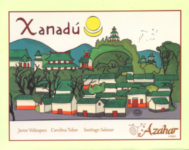
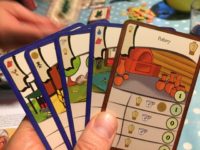
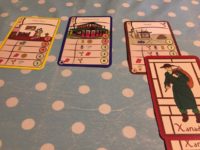
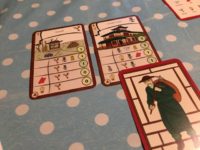


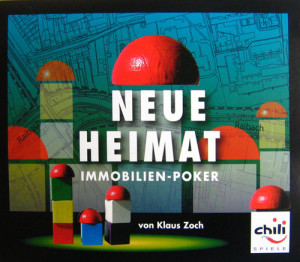
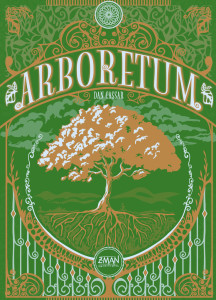

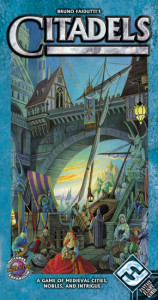
Sam says
I like the aesthetics of the cards and there is certainly a cleverness to the design - unfortunately for me that cleverness didn't translate as much fun during play. The overriding sense was one of constantly looking around the table at a deluge of icons to figure out what I could build. The theme evaporated and it became a computational process: everyone considering the multiple options and the game as a result dragging its feet in a way that familiarity might reduce, but wouldn't eliminate entirely. If I'd only ever played Uno and Monopoly I'd certainly be impressed by Xanadu, but there are too many excellent games out there that have intriguing twists to them without the sense of grind here.